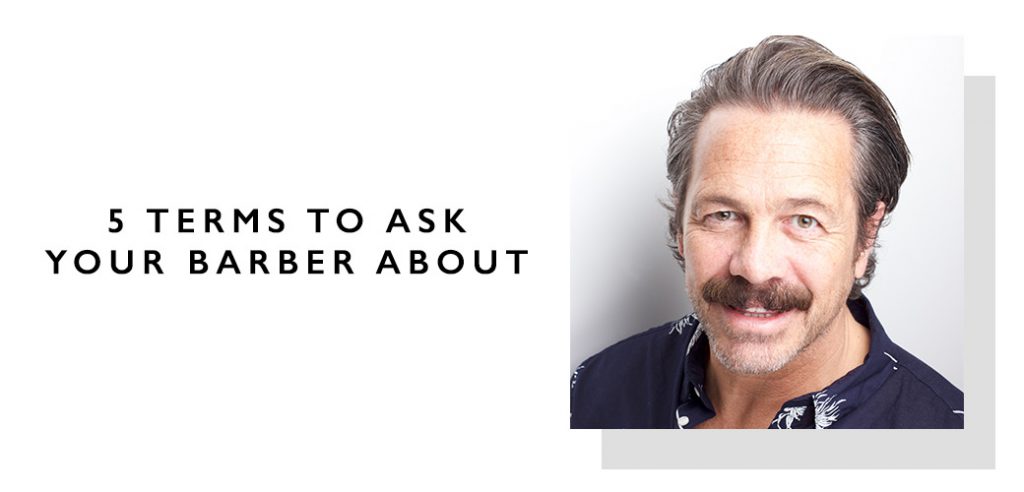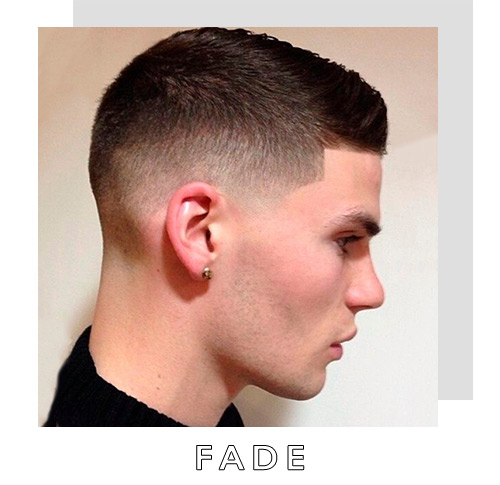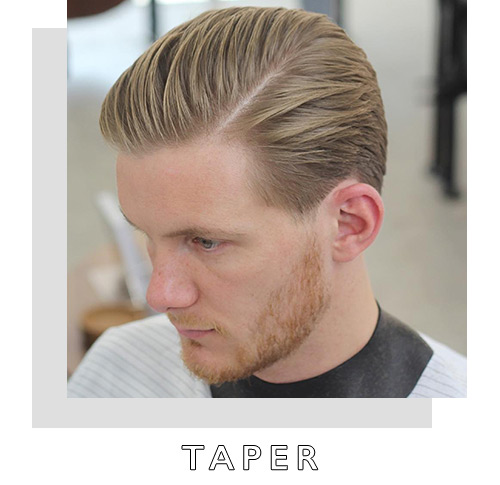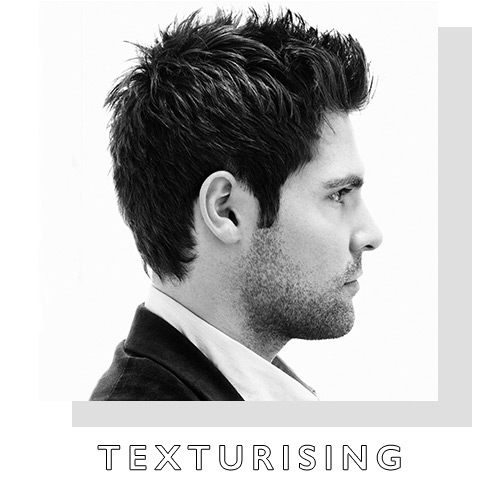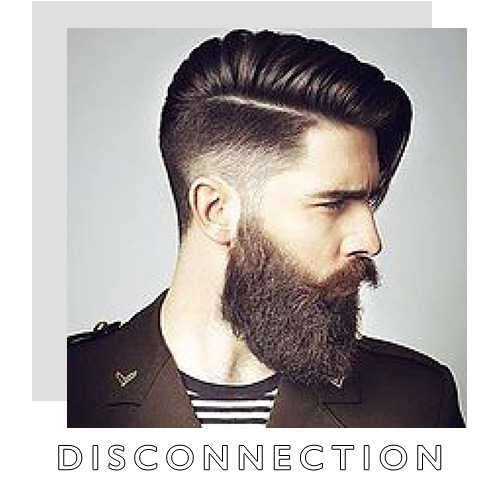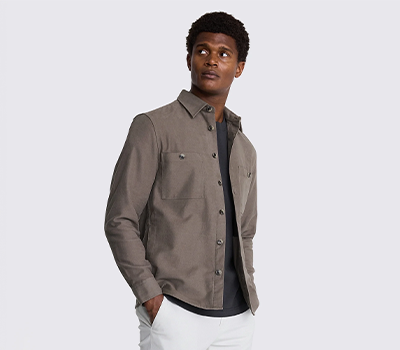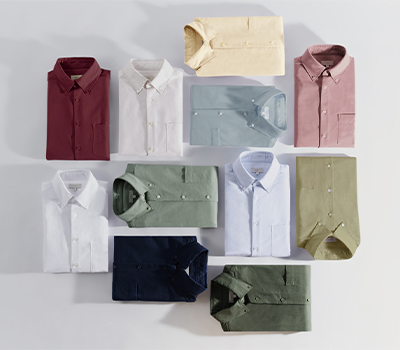Guest post: 5 terms to ask your barber about
You know what they say – knowledge is power. So to make the outside of your head smarter, you should start by making the inside of your head smarter. With that in mind, Gavin Hoare of Richard Ward Hair & Metrospa is back to help you brush up on the terms you need to know to get the haircut you want.
Let’s talk hair terms.
When I was in my early teens my Mum would drag me to the local barber in Croydon’s Surrey Street Market and I’d point to a picture on the wall and get something that basically resembled the outdated images before me. Thank the gods that these days are long gone. Today, there is more choice of where to grab a cut than ever before and thankfully I now have a clear idea of what I want from my hair and the people that I choose to cut it.
This said, in 2017, the terminology used in everyday men’s hair grooming can leave you feeling that you need an interpreter accompanying you when you are playing around with the style stakes. To make sure you get the best from your cutting chair experience, here are my top five men’s hairdressing terms to help you as you strive for groomed perfection.
This look is achieved using hair clippers to fade out hair smoothly from longer on the top to varying degrees of skin around the ears and nape of the neck. These styles work well for all hair textures and are low maintenance, but are best for men who want a short, clean outline while working with various lengths through the top lengths.
Tapered hair is a softer variation of the fade, with the length of the hair gradually layered down from the top to the nape of the neck and through the sides. It can be done with both hair clippers and scissors, often in a technique known as ‘scissor over comb’. It gives you more flexibility in styling choices while still giving you that groomed look and finish.
The term ‘texturising’ means cutting into the hair, either to thin hair out that’s thick or course in texture or to create the illusion of depth and thickness in thinner, finer hair. The technique can be achieved in different ways, either with specialised cutting scissors or freehand cutting, where your stylist or barber chips into your hair varying the lengths within the outline of the style. In both thicker or finer hair, the end result works best when worked through with styling product such as clay or wax.
Hair that is undercut is usually clipped away around the back and/or the sides leaving longer layers through the top. The crimper removes some bulk from the hair, so the hair can sit more neatly or have more movement.
A disconnected haircut demonstrates a strong difference in the lengths of hair. Probably not the finest disconnect moment, but the traditional mullet would be a great example. In 2017 the disconnected cut has a much edgier feel, leaving layers longer through the top. The undercut would also fall under this title but a disconnected cut may have a more distinct feel being left softer around the edges and baselines.
Gavin Hoare is the manager of a team of 95 staff at Richard Ward Hair and Metrospa, a super salon based in the heart of London’s Chelsea. He also travels all over Europe on behalf of the Richard Ward salon with L‘Oréal as a consultant and educator, making guest artist appearances and delivering master classes at international hair shows. With a career spanning over 35 years, there’s not a lot he doesn’t know about male grooming, what’s hot and what’s not and how today’s men are keeping up with their female contemporaries.
